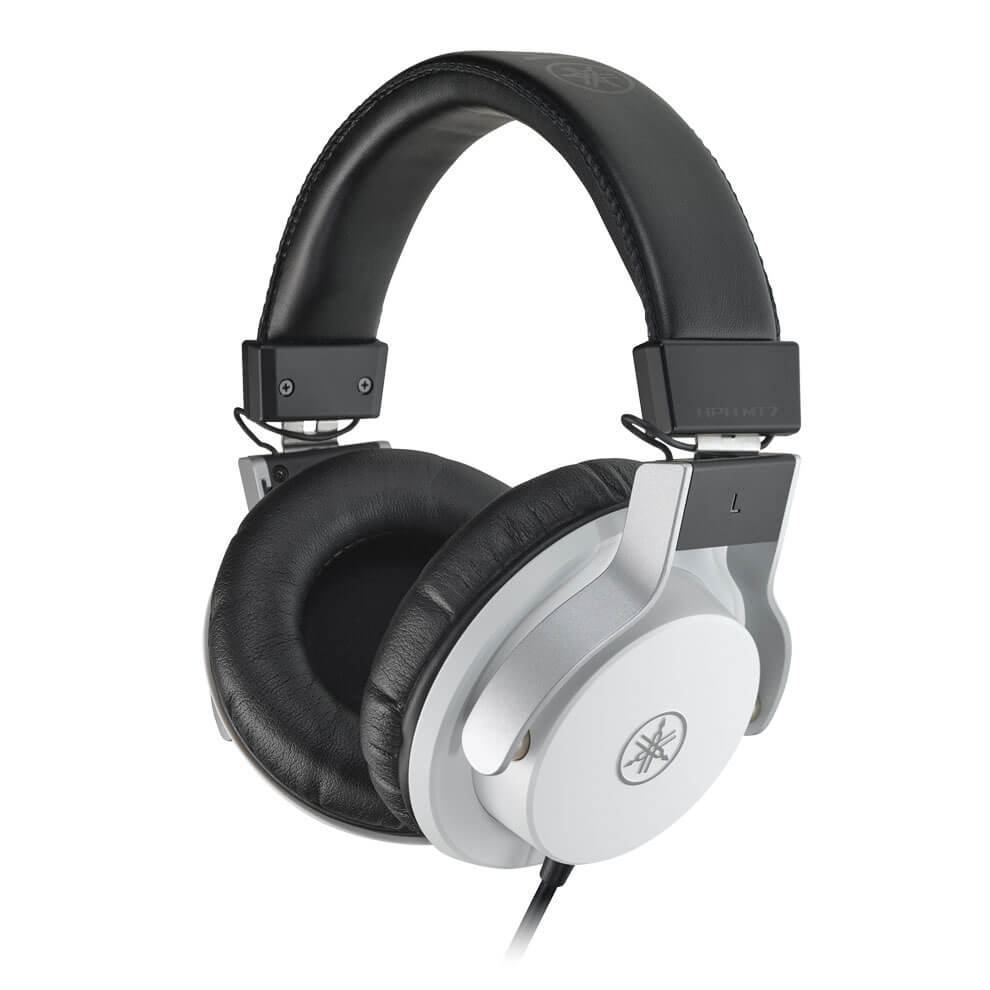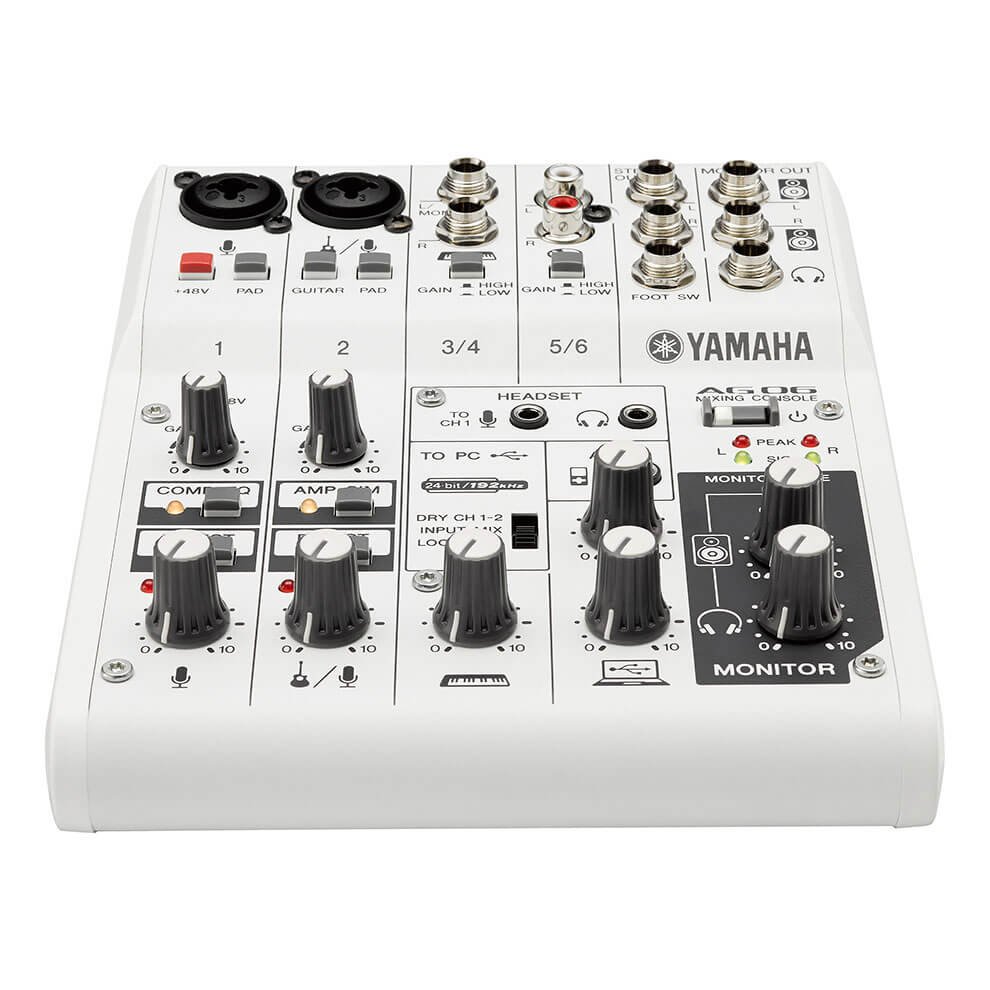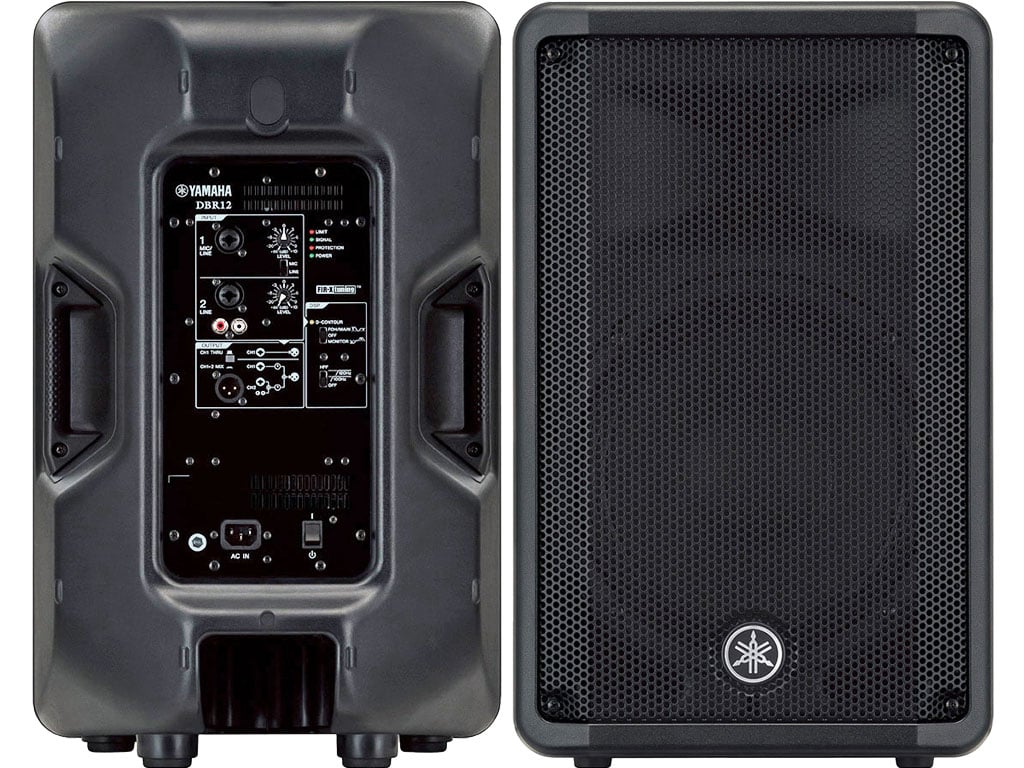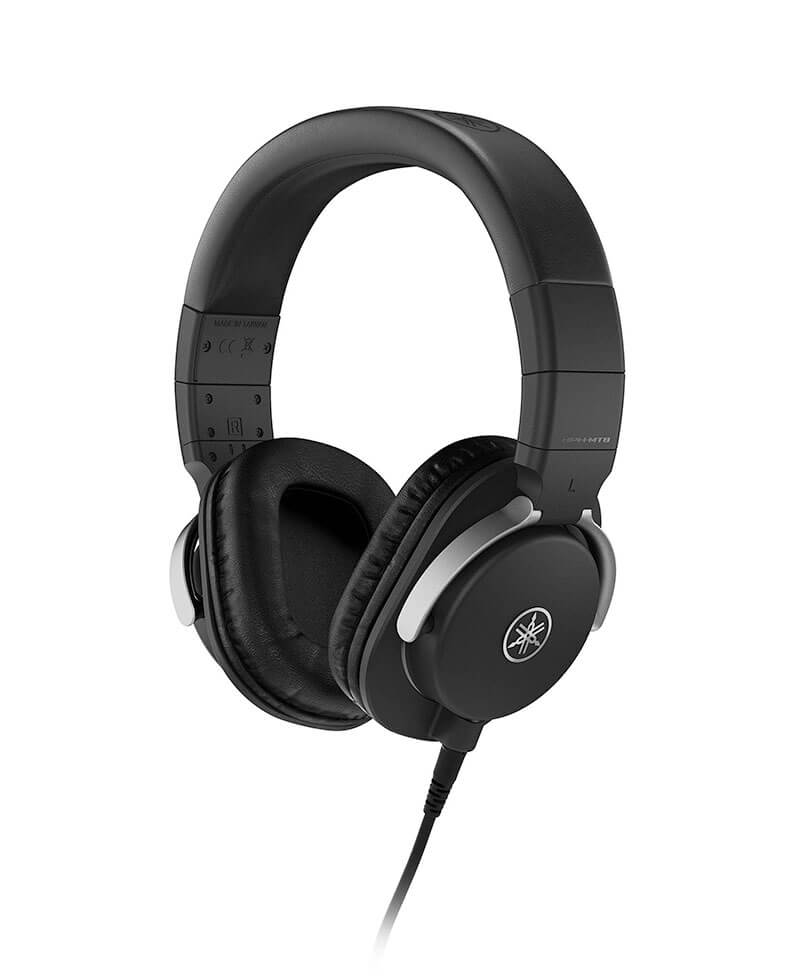How do the Yamaha HPH-MT8 Studio Monitor Headphones stack up against their lower-priced MT5 lineup...
How to Mix Live Sound
[REVIEW] Yamaha HPH-MT5 Studio Monitor Headphones
The Yamaha HPH-MT5 Studio Monitor Headphones have earned our editor's pick as the best home studio...
[VIDEO] Get Better Sound: An Intro to Live Mixers
We've put together a short video to supplement our recent 4-Part series on getting better live...
![[PART 4] Get Better Live Sound on Stage: Pro Mixing Tips](https://performermag.com/wp-content/uploads/2017/02/FullSizeRender.jpg)
[PART 4] Get Better Live Sound on Stage: Pro Mixing Tips
Welcome to the fourth and final installment in our series on how to mix live sound, co-presented by Performer Magazine and Yamaha. READ PART ONE: WHAT TO LOOK FOR IN A LIVE MIXER READ PART TWO: HOW...
![[PART 3] Get Better Live Sound: ROUTING TIPS FOR LIVE MIXERS](https://performermag.com/wp-content/uploads/2017/01/Aux-Send-Levels-Channel-Strip.jpg)
[PART 3] Get Better Live Sound: ROUTING TIPS FOR LIVE MIXERS
Welcome to the third in a four-part series on getting better live sound, co-presented by Performer Magazine and Yamaha. READ PART ONE: WHAT TO LOOK FOR IN A LIVE MIXER READ PART TWO: HOW TO SET UP...
![[PART 2] Get Better Live Sound: How to Set Up PA Speakers](https://performermag.com/wp-content/uploads/2017/01/IMG_4966.jpg)
[PART 2] Get Better Live Sound: How to Set Up PA Speakers
Welcome to the second in a four-part series on getting better live sound, co-presented by Performer Magazine and Yamaha. DON'T MISS PART ONE: WHAT TO LOOK FOR IN A LIVE MIXER In this installment,...
![[PART 1] Get Better Live Sound: What to Look for in a Compact Mixer](https://performermag.com/wp-content/uploads/2016/12/yamaha-mg12xu-channel-strips-e1482334513671.jpg)
[PART 1] Get Better Live Sound: What to Look for in a Compact Mixer
Welcome to the first in a four-part series on getting better live sound, co-presented by Performer Magazine and Yamaha. In this installment, we’ll take a closer look at what to look for when...

Yamaha HPH-MT7W Studio Monitor Headphones Review
The comfy and affordable Yamaha HPH-MT7W Studio Monitor Headphones would make an excellent addition to any home studio rig. We urge you to take a look at all the positives we listed in the “pros”...

Yamaha AG06 Audio Interface/Mixer Review
Yamaha AG06 Audio Interface/Mixer - $199 PROS: Small size, good price, plenty of I/O configurations. CONS: None. Interfaces have gone from desktop-sized to smaller than a laptop, and Yamaha’s AG...

Yamaha DBR12 800-Watt Active PA Speakers Review
Yamaha DBR12 800-Watt Active PA Speakers - $499/each PROS: Great sound, flexible applications, lightweight, affordable. CONS: None. PRICE: $499/each The new DBR loudspeakers from Yamaha are quite a...
Yamaha MGP16X Mixer
PROS: Plenty of channels, good FX selection, iPhone compatibility. CONS: Might be overkill for the average band. PRICE: $799 http://www.youtube.com/watch?v=gDj1WTq1RxA Yamaha makes items that range...


![[REVIEW] Yamaha HPH-MT5 Studio Monitor Headphones](https://performermag.com/wp-content/uploads/2017/03/DCA768C6AF0146B5A0A4DBE6CF2DBCBC_12075_735x735_03d72b6a97e7799db714be3a51ac51d5.jpg)
![[VIDEO] Get Better Sound: An Intro to Live Mixers](https://performermag.com/wp-content/uploads/2017/02/yamaha-thunmbnail.png)